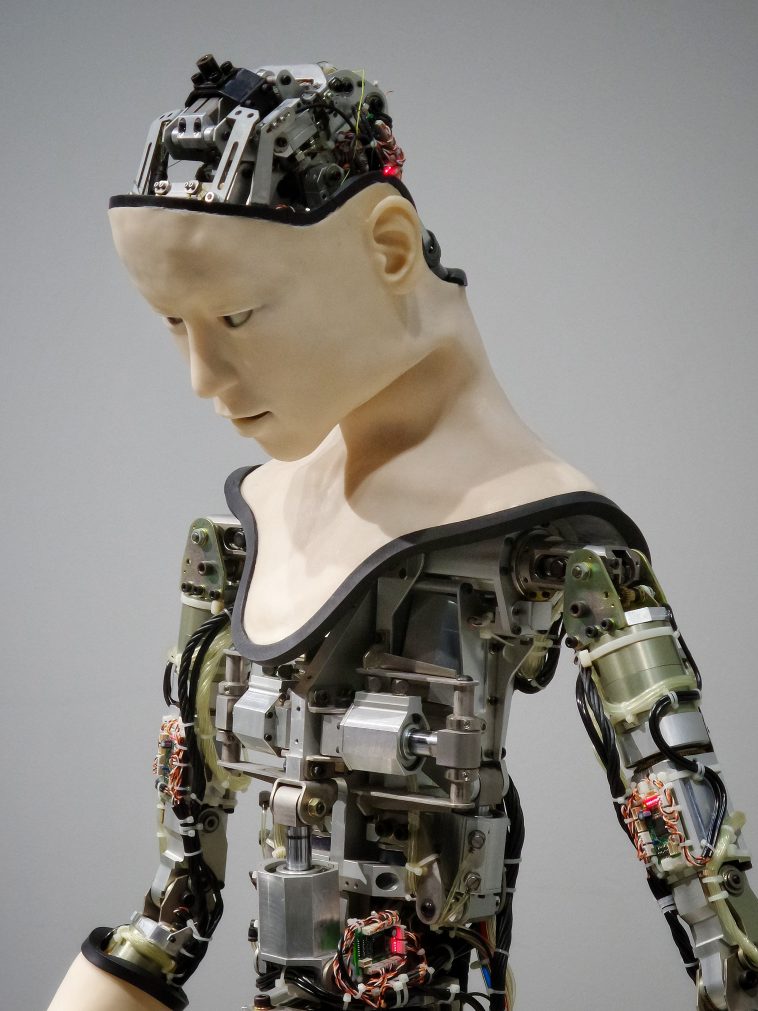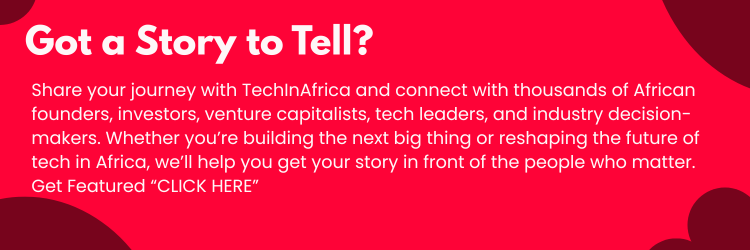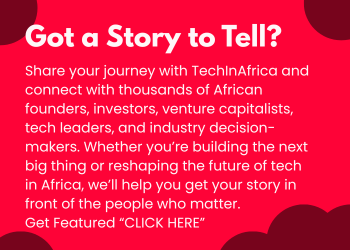Uniccon Group, a two-year-old Nigerian technology corporation, has constructed a humanoid: a 6-foot-tall bilingual human-like robot called Omeife, somewhere in Mabushi, a crossroads between the inner and outer districts of Abuja, Nigeria.
From an idea that was thought of in 2020 to a back-and-forth construction—slow wins and quick-succession learning.Omeife, a female Igbo character made over two years and can understand and speak eight different languages, is now a finished product ready to meet the world.
Omeife has a clear grasp of African culture and behavioural patterns, thanks to sophisticated artificial intelligence algorithms built in-house by the company’s team of scientists.
Chuks Ekwueme, the company’s founder and CEO, stated on a call with TechCabal about the project that the humanoid also has a real-time grasp of its environment, including active listening and the capacity to focus on a specific conversation thread as it happens.
Ekwueme said, “Omeife is not just multilingual; but could switch languages and interact with specific hand gestures, smiles, and other body movements that match the tone of the conversation.” Omeife can speak Igbo, Pidgin English, French, Wazobia, Arabic, Afrikaans, Kiswahili, and Wazobia,
When asked if Omeife can frown or show signs of sadness, Ekwueme said, “No, I don’t think we want it to do that.”
But what emphasises Omeife’s Africanness is its ability to speak each language with a local accent, pitch, and vocabulary, as well as thorough pronunciations of words, sentences, and even phrases.
African values of politeness are also deeply rooted in how people talk to each other. Ekwueme said that Omeife focuses on one person to keep the conversation going and carefully chooses its words, leaving out words, phrases, sentences, and rude expressions in African cultures.
“This makes it safe to talk to kids,” said Ekwueme. He also noted that Omeife has a way of getting better and learning new things by listening to conversations.
With new information, it can also remember and understand old ideas better.Omeife also knows its ground level and stability on the floor, which helps it move around on surfaces that aren’t flat and keep its balance.
It also has a position sensor and a grip sensor that let it know how big something is, what shape it is, and how to hold it in its hands.
Companies that manufacture robots are starting to produce a more significant number of humanoid-like machines. The fundamental goal is to develop devices capable of completing jobs just as quickly and accurately as humans.
But studies and recent events show that the rate of progress is still too slow, even after years of progress. For example, Elon Musk’s humanoid, Optimus, didn’t do very well at Tesla AI Day in September. This shows that progress is slow.
Even though Elon Musk was excited about robots taking over physically tedious tasks from humans, top roboticists say it will be a long time before the world can build a robot that can do all the work humans do.
And the fact that Optimus walked slowly onto the stage and had to be carried off by a group of people showed that the roboticists were right.
It is expected that this point will have made more development in time in self-healing materials, muscle-like actuators, human-like perception, human-like computation, and research..
Will Jackson, the chief executive officer of the robotics startup Engineered Arts, stated in an interview with The Verge that there are still essential technological gaps in the field of robots that need to be filled before anything can be considered “human level.”
Ekwueme thinks that his company’s robot is doing what it was made to do. He says, “We never intended to build a robot that could copy humans; rather, our goal was to build a robot that could support humans with some level of precision, and we have accomplished that.”
Most components that makeup Omeife’s hardware are crafted using locally available ingredients. In addition, we designed our cloud infrastructure from the ground up so that the humanoid could store terabytes of data regarding its behaviour.
We are now putting our infrastructure on the market and selling it to private and public organisations,” he said.
Omeife has been called the first African humanoid by Uniccon Group because it was the first African humanoid to be designed and built for Africa and the first to announce its completion. However, there are other humanoid development projects in Africa.
For example, Abdul Malik Tejan-Sie, a Sierra Leonean engineer living in South Africa, is also developing a robot dubbed the South African first humanoid.
Richard Holdbrook, a Ghanaian, also made an early effort, designing a prototype in 2018.
From the outside, Omeife still looks like it isn’t finished, even though it might be pretty good on the inside. From an aesthetic point of view, it’s not that great.
Compared to robots made by companies like Xiaomi and Honda, the prosthetic skin on the humanoid needs more work to make it look natural. The good thing about robotics, though, is this: Building robots is a big job, so every little step forward is something to be happy about.
Even though Optimus could only wave and make a slow dance move after two years, the company was proud enough to show it off.
Ekwueme said that the company would keep building on this first version of Omeife to make Omeife 2.0, which will have more languages, better looks, and more advanced mobility and vision.
Omeife was intended to be presented during the GITEX 2022 expo in Dubai; however, it was not approved at the border nor the military-grade drone that the company has also produced.
Ekwueme said that he wanted to launch in Dubai so that Nigeria and Africa would get more attention worldwide.
Omeife is not a very popular piece of technology, especially in Africa. “We want to show the world and start a new story about African technology,” Ekwueme told TechCabal. “In addition to this, we planned to look for AI and robotics partners all around the world so that we could start mass producing our products.
Ekwueme said that Uniccon Group still hopes to improve the humanoid to the point where it can be mass-produced and sold for $30,000.
This is a lot like what Tesla wanted to do with its humanoid. Musk said that the humanoid would sell for USD20,000 when it is finished.
Omeife is built for intellectual and social engagement, while Optimus is built for physical activity. Ekwueme said with confidence, “We can also build for physicality. All we have to do is change the AI and strengthen the hardware part of our humanoid.”
It might also take a while for the rest of the world to accept the commercialisation of an African robot since robots from other parts have been around for a long time.
The building of a robot is just the beginning of the trip for Ekwueme and his team; it will likely be more challenging to gain acceptance and adoption of the robot worldwide.
But it’s essential to have a strong will when building uncharted territory. It works for Musk, and Ekwueme might be able to do the same.
Also, the need to diversify and build deep tech solutions that can be exported shouldn’t be forgotten or discouraged at this critical moment when the African tech space is getting a lot of attention and investment interest.
And, as was said at the beginning of this article, Africa is almost ready to start solving global problems. Projects like Omeife and similar ones that are currently being built are proof of this.





